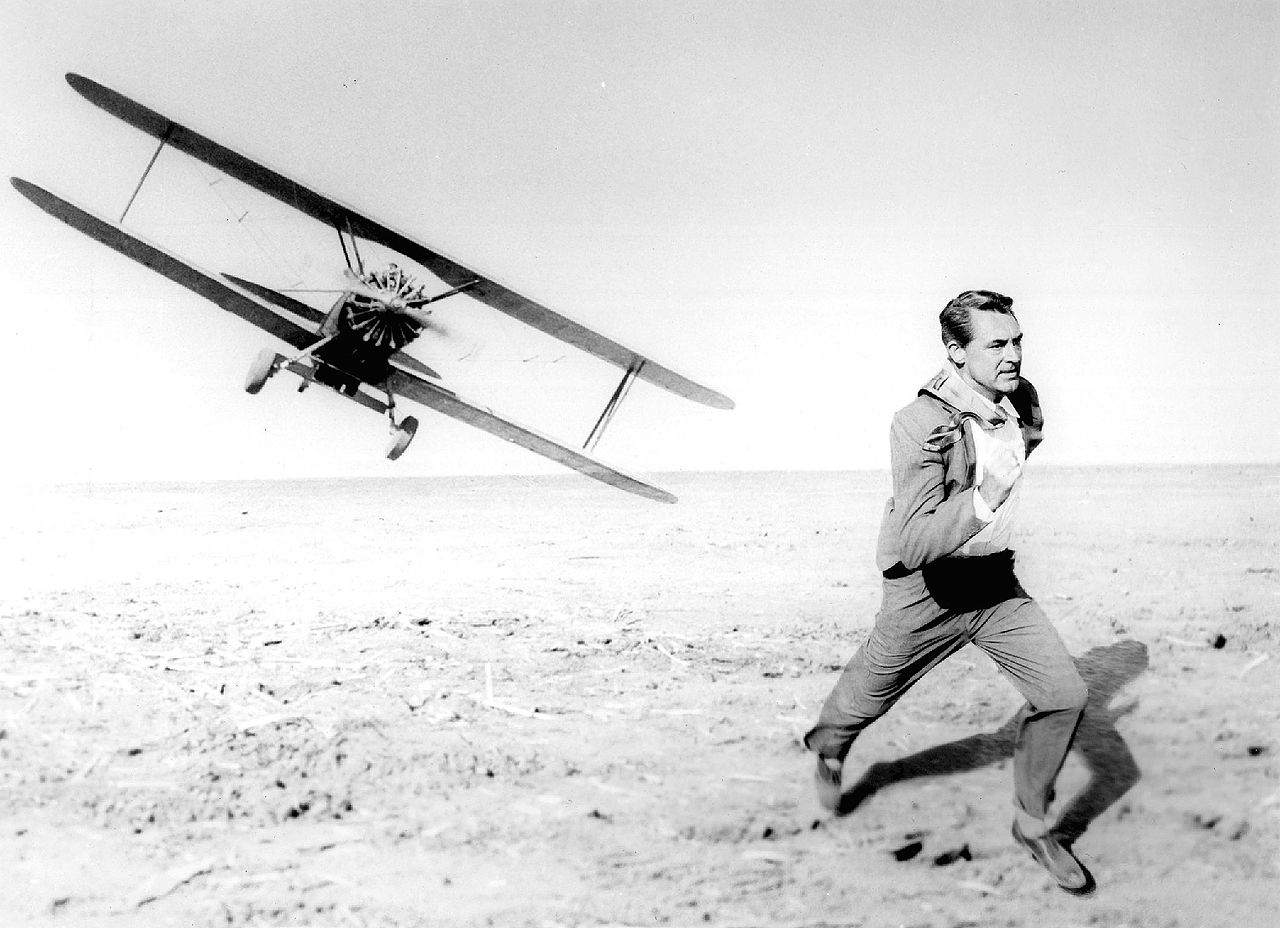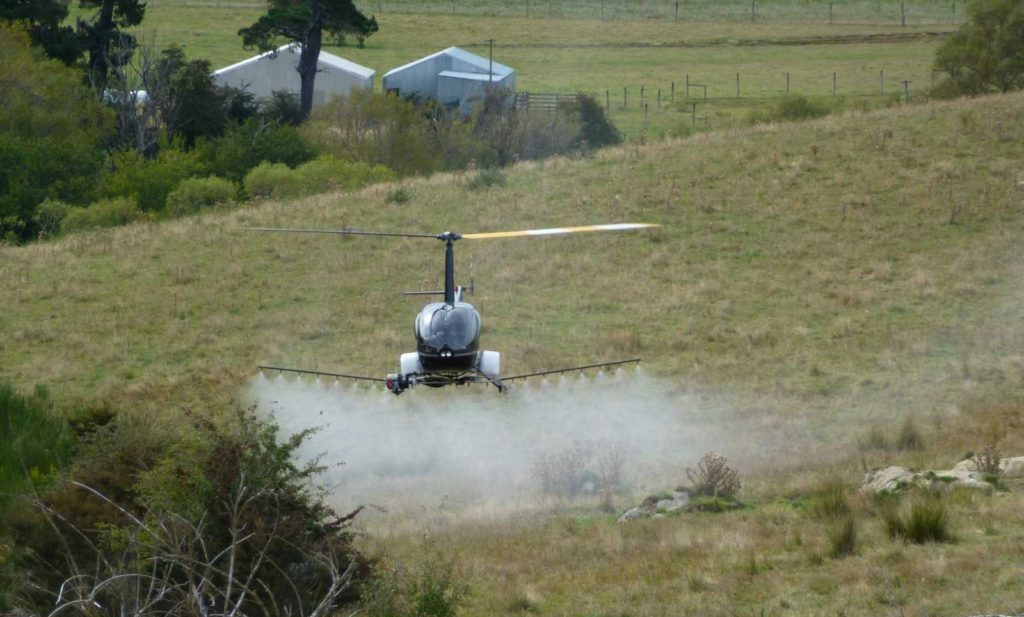“That’s funny. That plane’s dusting crops where there ain’t no crops.”
– North by Northwest (1959)
If Hollywood ever churns out a modern-day reboot of North by Northwest, it’ll be a drone that hares after the protagonist in the infamous crop-dusting scene.
And I think I’ve found just the one.
That’s the R22-UV, by a company called UAVOS. It can cover a distance of over 600 miles, and hit altitudes over 13,000 feet. Those dusting booms are 23 feet wide and it can fly over 100mph – perfect for trying to murder misidentified advertising executives in deserted farmland.
If it looks more like an unmanned helicopter than those small quadcopters kids keep getting for Christmas, that’s because it is. The company has been taking Robinson R22 helicopters, a model that’s been around since the late 1970s, and converting them for autonomous precision farming. Drones are getting bigger, as well as smaller.
I wrote yesterday how the desert of low interest rates creates many mirages of future returns, but few oases where such returns are actually delivered. Drone technology is no mirage, and companies which push the space further will deliver yield to investors – in some cases by actually delivering crop yields to farmers.
For an example of a mirage, you need look no further than WeWork, which is effectively a commercial real estate company, but pretends to be a technology company, and even claimed in its prospectus that its mission was “to elevate the world’s consciousness”. Investors eventually found out that the company was “dusting crops where there ain’t no crops”, and its $47 billion valuation in July has since taken an 80% haircut, and that’s before it’s even IPOed.
The big bumblebee of the air
On second thoughts, perhaps a remake of North by Northwest would feature a rather different drone. Thriller movies these days are a bit more… bombastic than they were in the 50s, and there is one drone that pays homage to the original, whilst still being modern and bigger.
When China does something, it often likes to do it at scale, even if it doesn’t lead to the most cutting-edge or most efficient outcome.
So it is with the Feihong-98, the world’s largest transport drone, which is really an enormous Chinese aircraft from the 50s if you take out its autonomous innards. This thing can haul 1.5 tonnes over 700 miles, but more importantly, it’s a biplane, and it was originally used for crop dusting.
The airframe was originally developed by the Soviets in the 1940s and which the Russians kept making until 2001, known as the Antonov An-2.
 A manned Antonov An-2 landing after a crop-dusting run in Romania, piloted by one Bogdan Martin. Source: sklembe, on YouTube
A manned Antonov An-2 landing after a crop-dusting run in Romania, piloted by one Bogdan Martin. Source: sklembe, on YouTube
Bigger, modern, while still paying homage to the original – perhaps this is the model we need for a North by Northwest reboot. I guess we’ll find out – we are living in the age of the sequel/remake after all – something I attribute to the financial crisis.
I like to wind my colleague Connor Whitlock up about this, as he’s nuts for one of the worst offenders of “sequelling”, Marvel film studios, and I’m not.
I read a lot of Marvel’s comic books when I was a kid, and while they were written for kids, the storylines were often quite mature. The films based off them are anything but however, though whenever I’ve seen one at a cinema, most of the audience are adults.
Captain America: The Winter Soldier comics illustrated in painful detail the US’s grim union with the Soviets during WWII and their grinding conflict that followed during the Cold War for example. But you won’t find any of that in the Marvel film based on those comics, as it’s been watered down to make more money be more universally acceptable. But I digress.
Iron Man, the first film of the Marvel Cinematic Universe, was released in 2008, before Lehman Brothers went down, and was very successful.
In the wake of the Lehman crisis however, investors who fund film production were as scared as investors everywhere else, and would only commit cash to projects they were sure would deliver a safe return.
Ie, they would prefer to commit cash to projects which had recently worked well, like Iron Man, than projects which hadn’t been tested and tried something new. And that’s why I think almost all of the superhero films that have been made since then, resemble that film. If it ain’t broke, don’t fix it. But, with interest rates dramatically lower, ever larger sums of cash could be thrown at the production values. And so the Iron Man cookie cutter could be applied to ever deeper trays of dough.
It’s the same with all the remakes and reboots of classic films we’ve seen since the crisis. Instead of taking large risks with new content, just make cash out of a film that did well once before. If it worked right after 2008, why stop there? After all, the financing has never been cheaper.
Eventually however, you run out of films to remake in recent history, and you need to go further and further back in time to find high-grossing films you can remake. Which is why I wouldn’t be surprised if you see a poster for North by Northeast, or South by Southwest, in the future.
All the best,
Boaz Shoshan
Editor, Capital & Conflict
Category: Market updates




